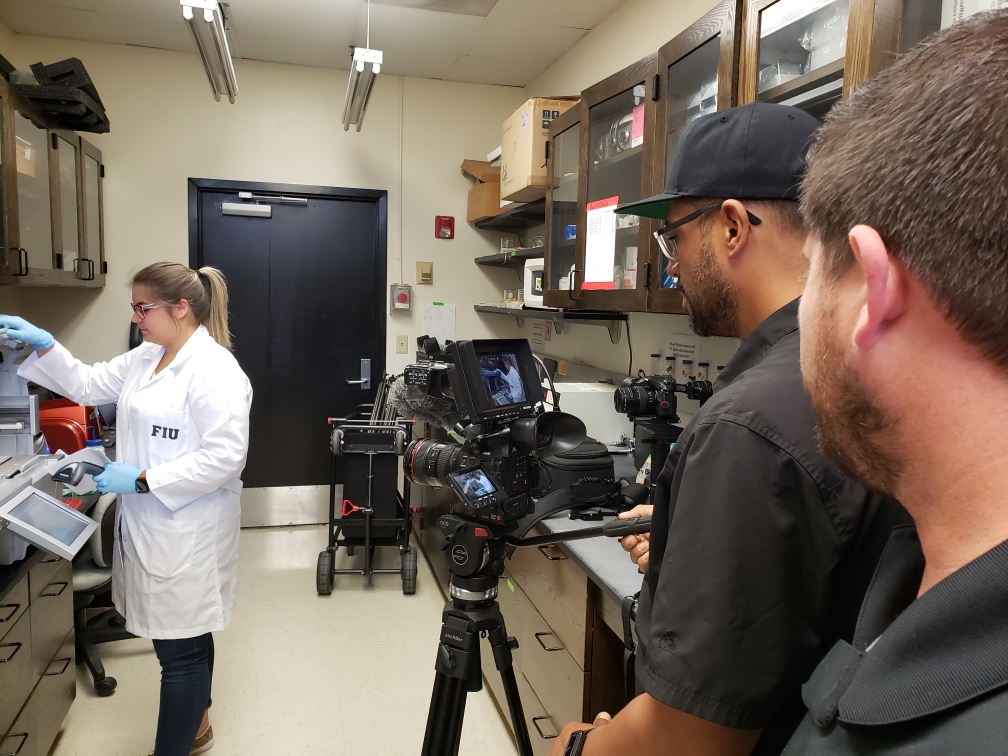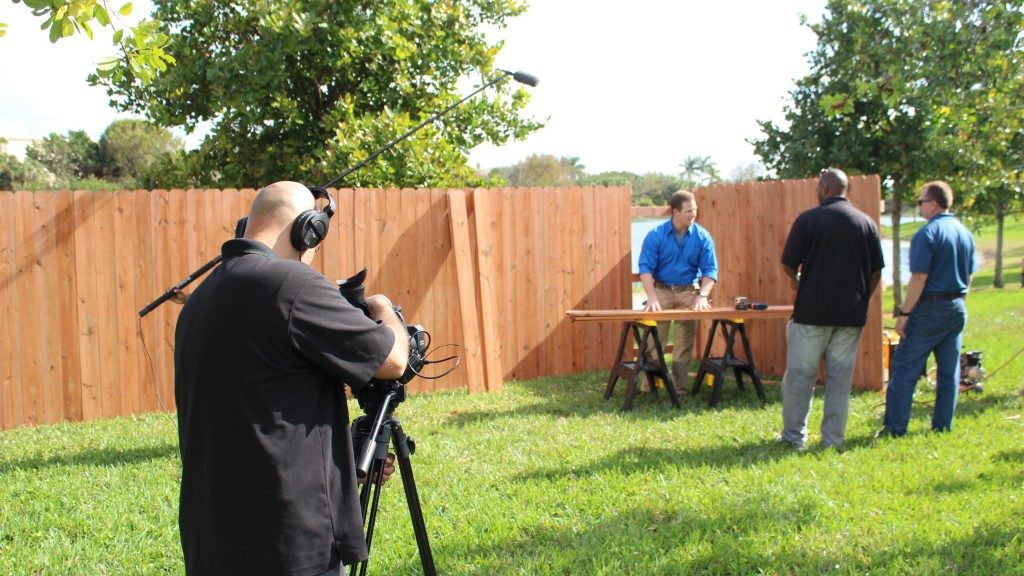Making the Most Out of Your Full Shot in Video Production
The full shot is often used as a tracking shot which is used to define the movements of the camera throughout the scene following the subject for an extended period of time. Full shots are widely used in video production making them one of several camera shots that you really must perfect if you’re going to specialize in cinematography. We’re showing you how to make the most out of your full shot in video production, whether you’re incorporating the full shot as your tracking shot or just as a means of adjusting direction going into the next scene.
With the full shot, the character has a major presence in the scene and is fully visible within the frame although there is adequate surrounding environment present in the frame as well. Emphasis is not placed specifically on the environment but rather on the impact that the character has in relation to the environment. Often times, the scene will show additional action that is to be captured and is taking place coming into the scene.
Focus of the full shot is on the character’s actions. Movements and behaviors are caught close up with the full shot giving insight into the state of mind that the character is in. Unlike the extreme wide shot in which the character may appear minute in comparison to the larger picture and the surroundings, the full shot provides a glimpse into the character’s understanding of the environment and the overall impact that the two have on one another.

Use the Full Shot to Teach the Audience About the Character
Is there something in particular that the audience should know about your character? A behavior or specific article of clothing that the character wears which plays a key role later in the film? The full shot can be used to provide a close up glimpse of the character, head to toe, within the location. Whether you’re showing the awkward motion of a character or the confidence the character has when walking alongside someone, the full shot can be used to reveal and teach your audience details about the character without distracting them with environmental elements relative to the scene.
Use the Full Shot to Show What the Character is Doing
A close up or medium shot may not shed light onto the exact situation, but a full shot can be used to show a character’s behavior as it relates to the current situation. Whereas an extreme wide shot may provide a glimpse too far into what is happening or how the character relates to the bigger picture, the full shot can be used to reveal a character’s behavior and offer a glimpse into what comes next without giving away too much information. Build drama and understanding by showing what your character is doing and how it relates to the next elements of the story.

Show Movement with the Full Shot
Full shots are generally used to highlight a character’s movement within the scene and to show action. As a character moves across a room or from one area of the scene to the next, the entire action can be caught with a full shot. This helps the audience to identify with the environment in which the character is in and to better understand the state of mind that the character is in and what they are thinking as they are performing a particular behavior or action.
For example, a full shot may show a character that is packing a back, moving from one area of the room where a chest of drawers sets to the other side of the bedroom where a suitcase sits atop a bed. The viewer can see the character packing, hastily or calmly, and already has an understanding of what is taking place when the camera can then zoom in to see the character is anxious or sad about the impending trip. The full shot emphasizes the action whereby the close up is used to delve further into the character’s emotional state.
Making the most out of your full shot requires an understanding of camera angles and shots, what the preceding shot and following shots will be, and the present behaviors and state of the character. Understanding your character and the desired intent of the behaviors that the character is involved in can greatly improve your ability to get the most out of your full shots.
Need help producing a shot list or capturing your creative vision? Contact Beverly Boy Productions to connect with cinematographers that can guide your shot list in the right direction. We can’t wait to get started with you on your next video project.

